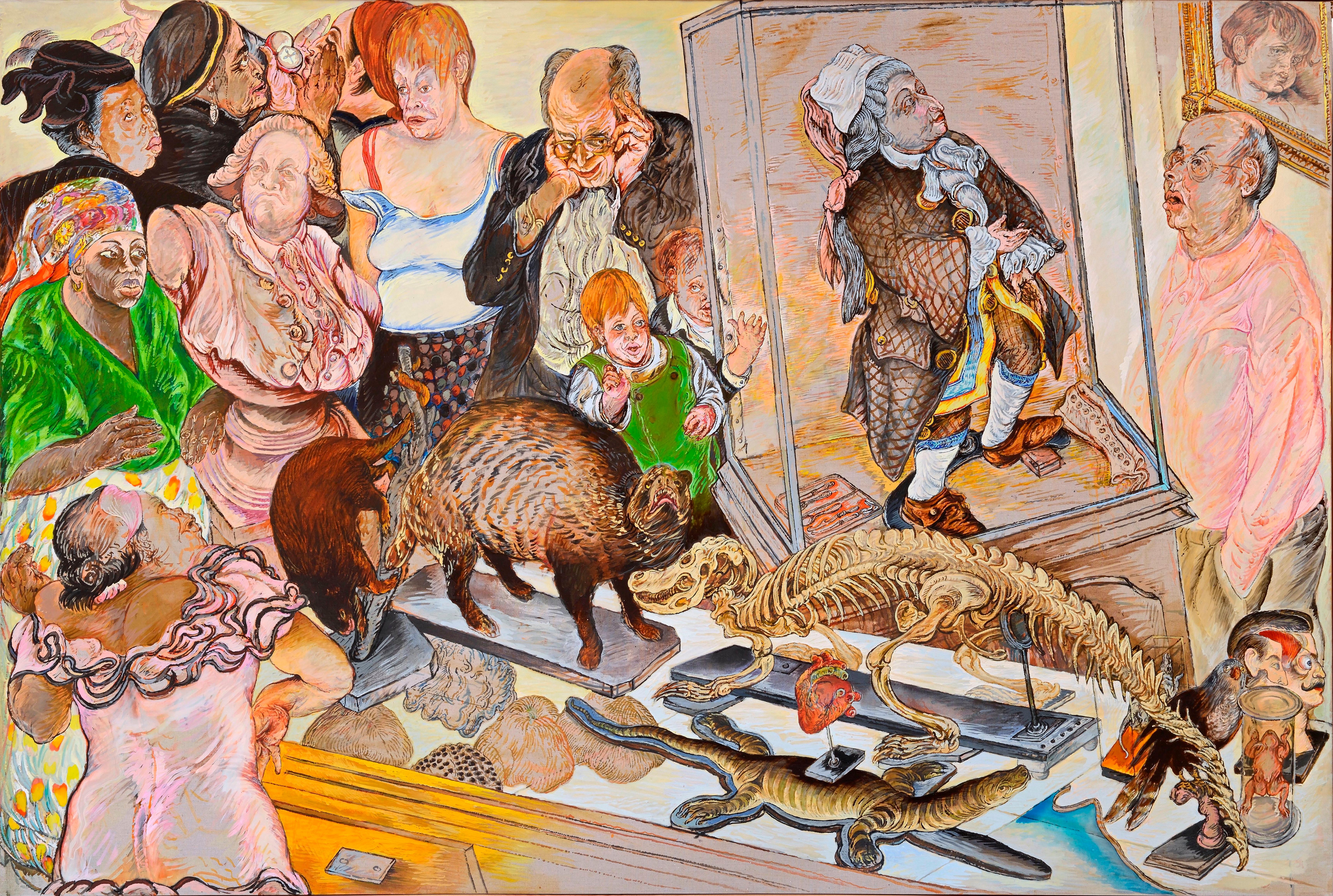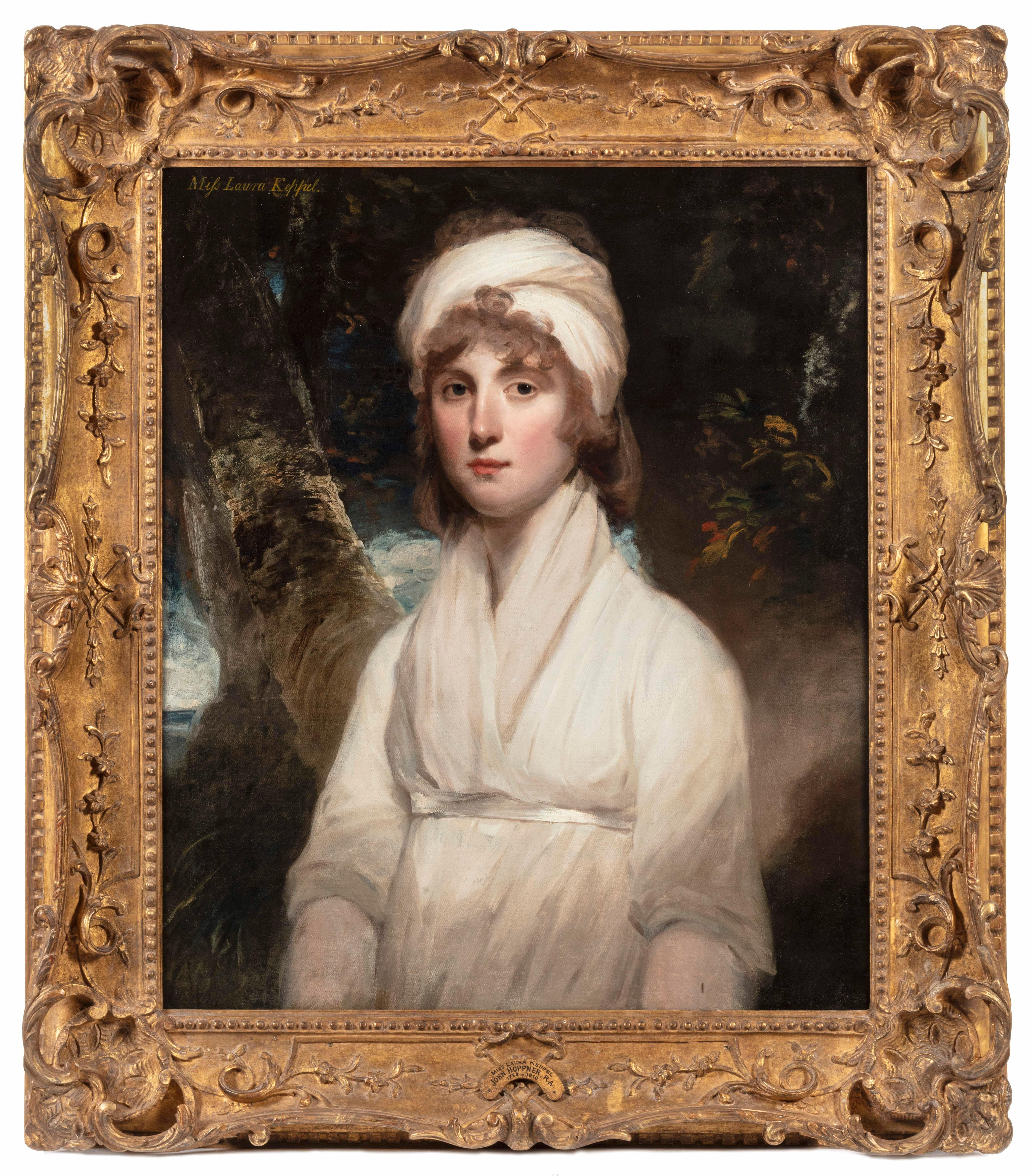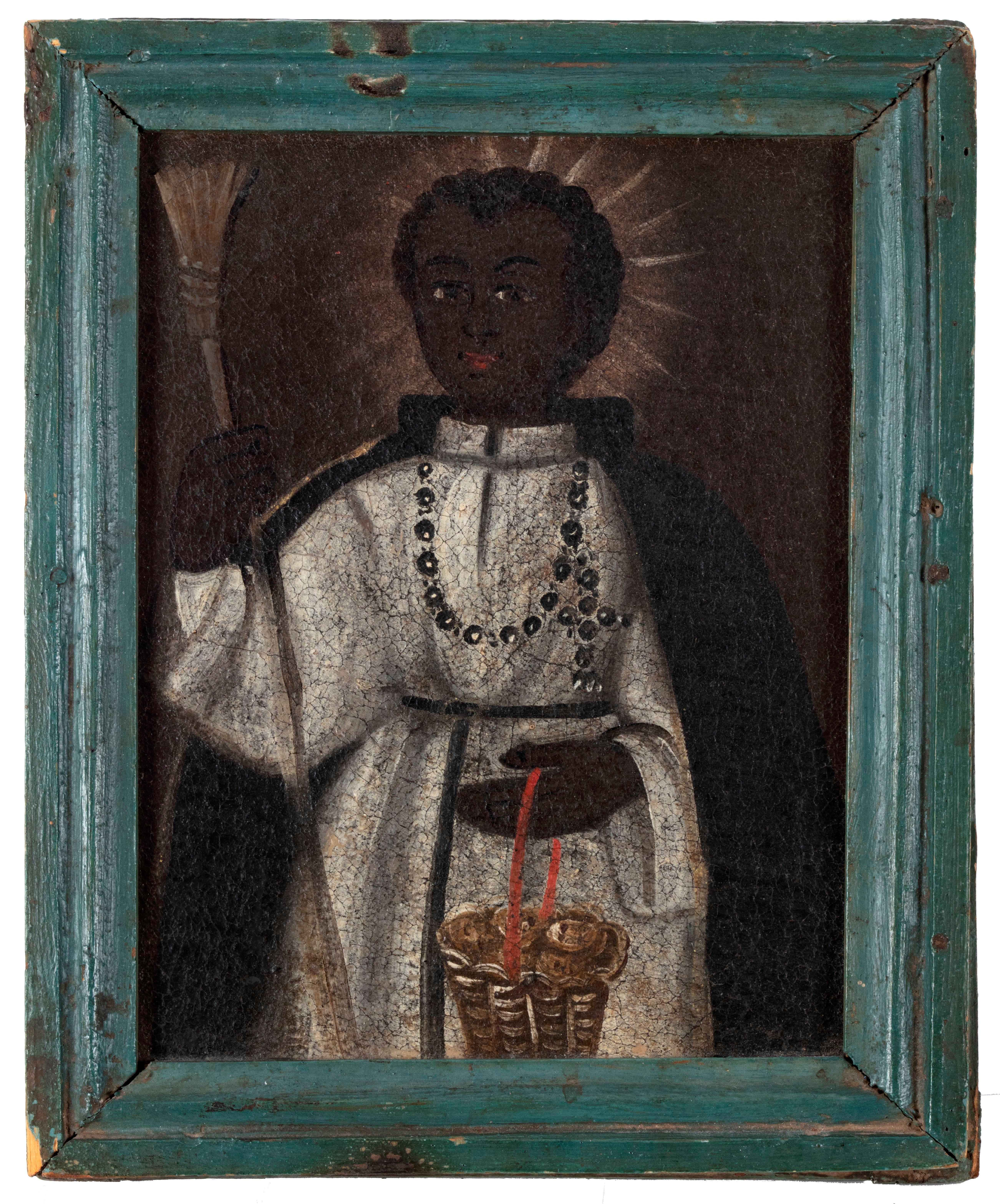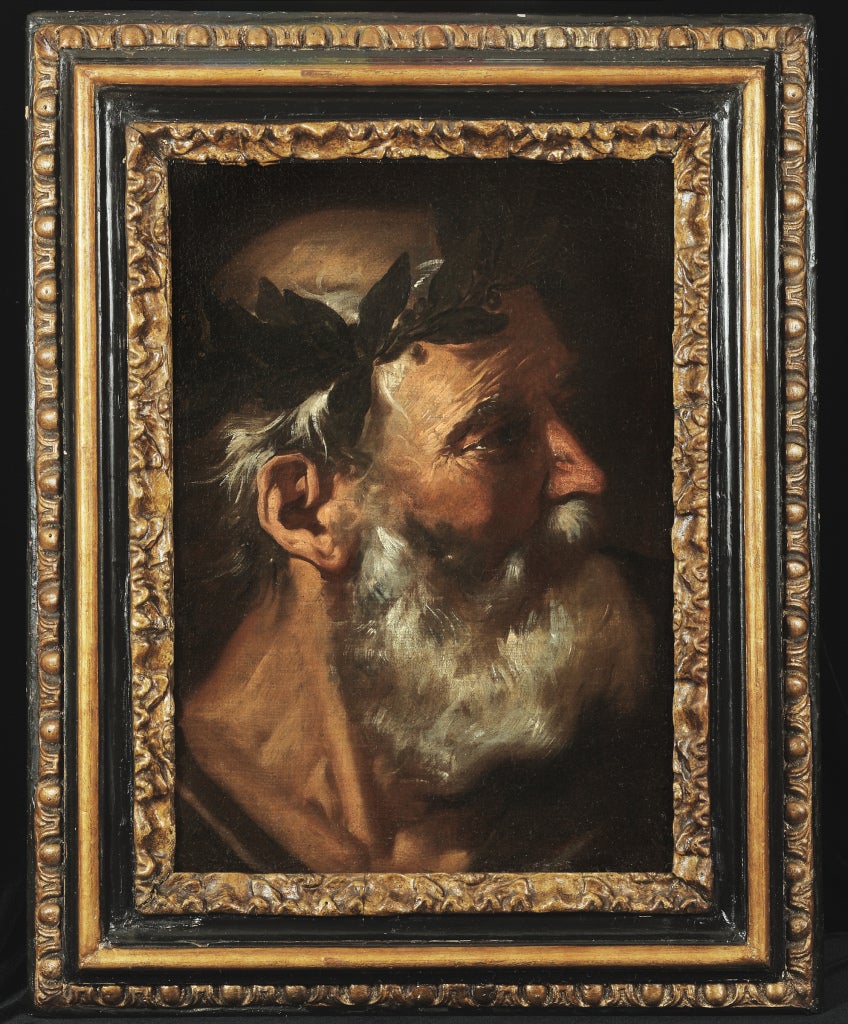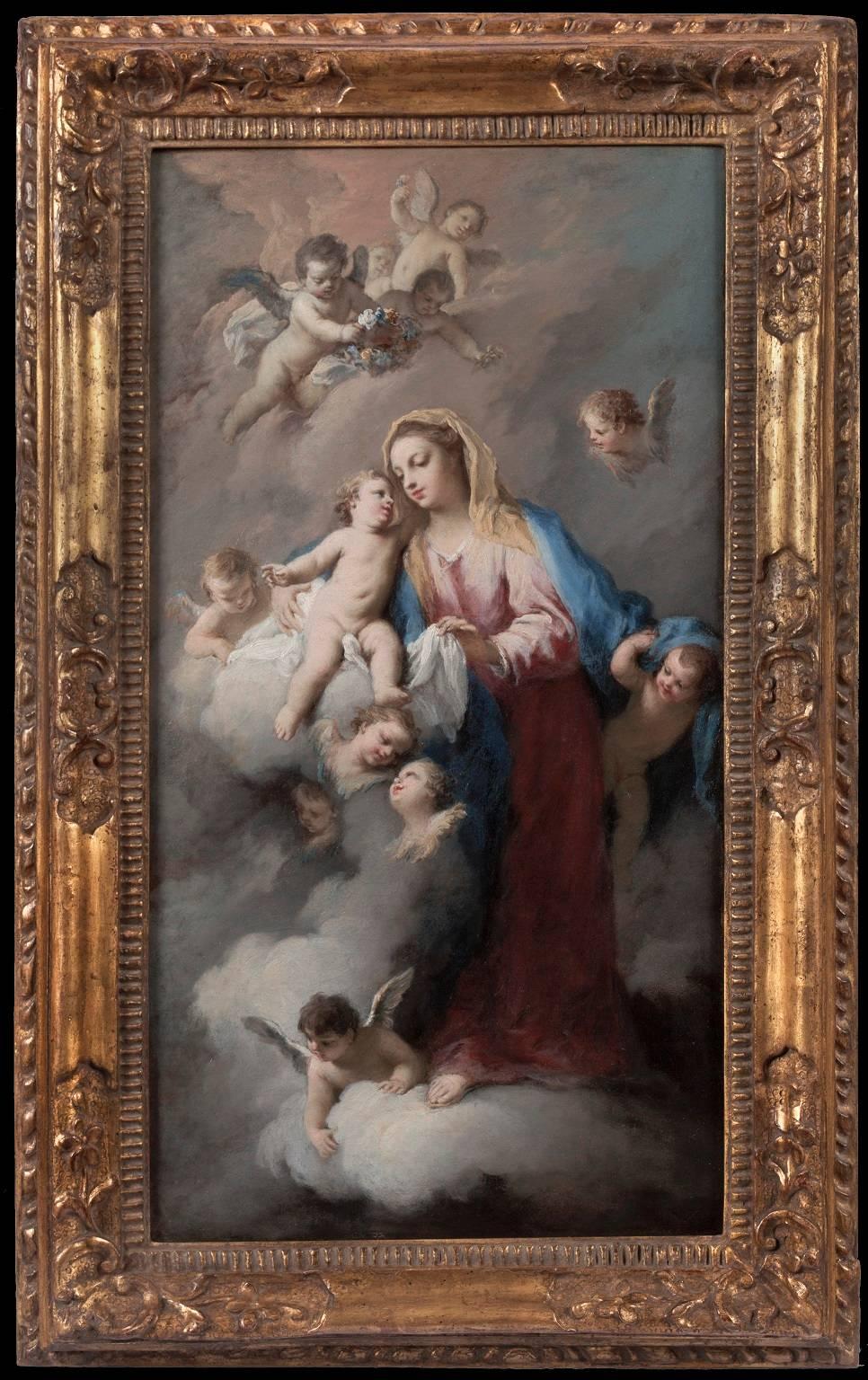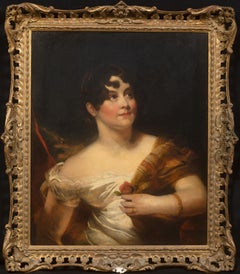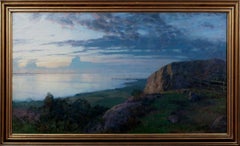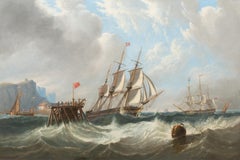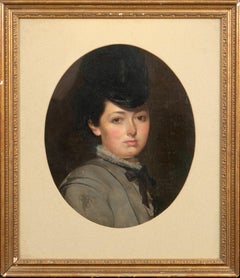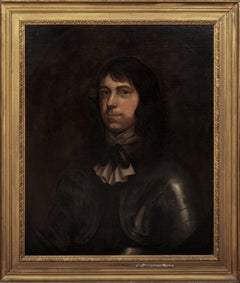
Portrait Of Sir Ralph Warton (1656-1709) Of Beverley, Yorkshire, 17th Century
View Similar Items
Want more images or videos?
Request additional images or videos from the seller
1 of 11
UnknownPortrait Of Sir Ralph Warton (1656-1709) Of Beverley, Yorkshire, 17th Century
$5,793.25List Price
About the Item
- Dimensions:Height: 34 in (86.36 cm)Width: 30.5 in (77.47 cm)
- Medium:
- Period:
- Condition:
- Gallery Location:Blackwater, GB
- Reference Number:Seller: 7832951stDibs: LU1577213544022
About the Seller
4.9
Gold Seller
Premium sellers maintaining a 4.3+ rating and 24-hour response times
Established in 2008
1stDibs seller since 2021
293 sales on 1stDibs
Typical response time: 3 hours
Authenticity Guarantee
In the unlikely event there’s an issue with an item’s authenticity, contact us within 1 year for a full refund. DetailsMoney-Back Guarantee
If your item is not as described, is damaged in transit, or does not arrive, contact us within 7 days for a full refund. Details24-Hour Cancellation
You have a 24-hour grace period in which to reconsider your purchase, with no questions asked.Vetted Professional Sellers
Our world-class sellers must adhere to strict standards for service and quality, maintaining the integrity of our listings.Price-Match Guarantee
If you find that a seller listed the same item for a lower price elsewhere, we’ll match it.Trusted Global Delivery
Our best-in-class carrier network provides specialized shipping options worldwide, including custom delivery.More From This Seller
View AllPortrait Of A Lady, 19th Century
By Sir Thomas Lawrence
Located in Blackwater, GB
Portrait Of A Lady, 19th Century
circle of Sir Thomas LAWRENCE (1769-1830)
Fine large early 19th Century portrait of a young lady, oil on canvas. Super quality and condition study ...
Category
19th Century Portrait Paintings
Materials
Canvas, Oil
French Coastal Sunset, possibly near Etretat, Le Havre, dated 1928
Located in Blackwater, GB
French Coastal Sunset, possibly near Etretat, Le Havre, dated 1928
by Alfred Bergström (1869-1930)
Fine huge 1928 French Coastal Sunset Landscape, p...
Category
19th Century Portrait Paintings
Materials
Canvas, Oil
Ship In A Swell Off The Pier, 19th Century
Located in Blackwater, GB
Ship In A Swell Off The Pier, 19th Century
attributed to Henry Redmore (1820-1888)
Fine Large 19th century British maritime scene of a ship in a swell ...
Category
19th Century Portrait Paintings
Materials
Canvas, Oil
Portrait of A lady In Riding Attire, 19th Century
Located in Blackwater, GB
Portrait of A lady In Riding Attire, 19th Century
by William Powell Frith RA (British 1819-1909)
Large 19th Century portrait of a lady wearing ...
Category
Early 19th Century Portrait Paintings
Materials
Canvas, Oil
Portrait of Roland Laura & Stephen Astley Kennard, 19th Century
By Joseph Farquharson
Located in Blackwater, GB
Portrait of Roland Laura & Stephen Astley Kennard, 19th Century
by Joseph FARQUHARSON (1846-1935)
Large 19th Century Scottish portrait of Laura and Stephen Astley Kennard, oil on canvas by Joseph Farquharson. Excellent quality and condition example of the famous Scottish painters...
Category
19th Century Portrait Paintings
Materials
Canvas, Oil
PPortrait Of Barbara Villiers (1640–1709), Countess of Castlemaine and Duchess o
By Sir Peter Lely
Located in Blackwater, GB
PPortrait Of Barbara Villiers (1640–1709), Countess of Castlemaine and Duchess of Cleveland
Circle of Sir Peter Lely (1618-1680)
Huge 17th Cent...
Category
17th Century Portrait Paintings
Materials
Canvas, Oil
You May Also Like
Venice Landscape Italian Oil on Canvas Painting in Gilt Wood Frame, Belle Epoque
Located in Firenze, IT
This delightful turn of the century (early 20th century) oil on canvas painting represents an Italian landscape with one of the most famous squares in the world: Piazza San Marco in ...
Category
Early 20th Century Impressionist Landscape Paintings
Materials
Canvas, Oil
A small picodon ? Julien Wolf Contemporary Expressionist Painting
By Julien Wolf
Located in Paris, FR
Oil on canvas
2017
Signed
Unique work
Julien Wolf is a French painter born in 1981 in Strasbourg, France.
In 2007, he graduated from the DNSEP Art section at the Strasbourg Decora...
Category
2010s Expressionist Figurative Paintings
Materials
Canvas, Oil
What should I do with the ball ? Julien Wolf Contemporary Expressionist Painting
By Julien Wolf
Located in Paris, FR
Oil on canvas
2018
Signed
Unique work
Julien Wolf is a French painter born in 1981 in Strasbourg, France.
In 2007, he graduated from the DNSEP Art section at the Strasbourg Decora...
Category
2010s Expressionist Figurative Paintings
Materials
Canvas, Oil
Mister Universe - Julien Wolf, 21st Century, Contemporary Expressionist Painting
By Julien Wolf
Located in Paris, FR
Oil on canvas
2019
Signed
Unique work
Julien Wolf is a French painter born in 1981 in Strasbourg, France.
In 2007, he graduated from the DNSEP Art section at the Strasbourg Decora...
Category
2010s Expressionist Figurative Paintings
Materials
Canvas, Oil
The king's dwarf Moreno Pincas Contemporary art oil painting portrait animal
By Moreno Pincas
Located in Paris, FR
Moreno PINCAS depicts life. Noisy, agitated. With a critical and tender eye, he sketches existence as if it were a play and each time tells us a new story made up of meetings and liv...
Category
2010s Contemporary Portrait Paintings
Materials
Canvas, Oil
Players' transfer -Julien Wolf 21st century, Contemporary Expressionist Painting
By Julien Wolf
Located in Paris, FR
Oil on canvas
2019
Signed
Unique work
Julien Wolf is a French painter born in 1981 in Strasbourg, France.
In 2007, he graduated from the DNSEP Art section at the Strasbourg Decora...
Category
2010s Expressionist Figurative Paintings
Materials
Canvas, Oil
Recently Viewed
View AllMore Ways To Browse
Queen Mary Portrait
Reynolds Joshua
Portrait Mourning
1940s British Portraits
Feed Sign Vintage
Victorian Portrait Girl
1900s Oil On Canvas Portrait
Girl Portrait Painting 1960s
17th Century Lady Portrait
Ireland Old Masters
Galley Ship
Oil Paintings Marilyn Monroe
Antique Oil Portraits 17th Century
Antique Silhouette Portrait
Antique Silhouette Portraits
Gilbert Oil Portrait
Vintage Green Lady Painting
Lady Jane

